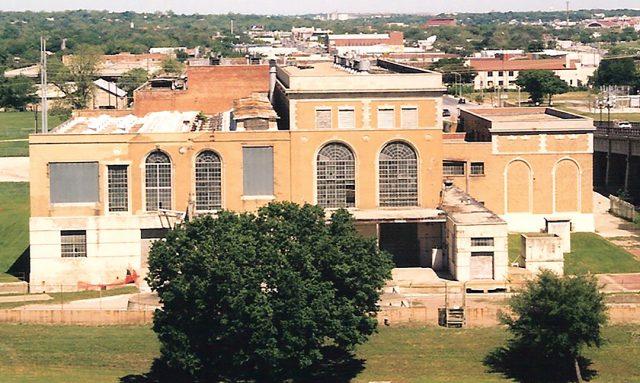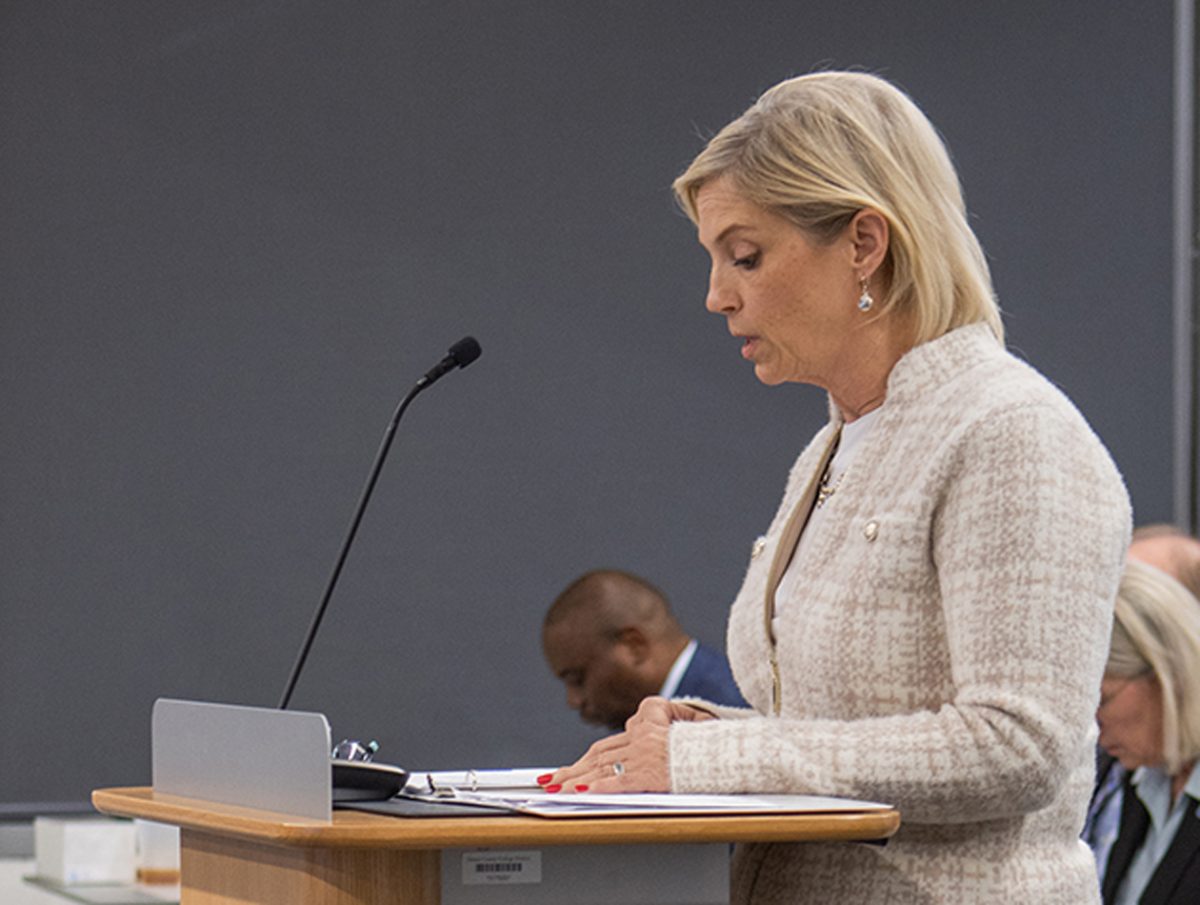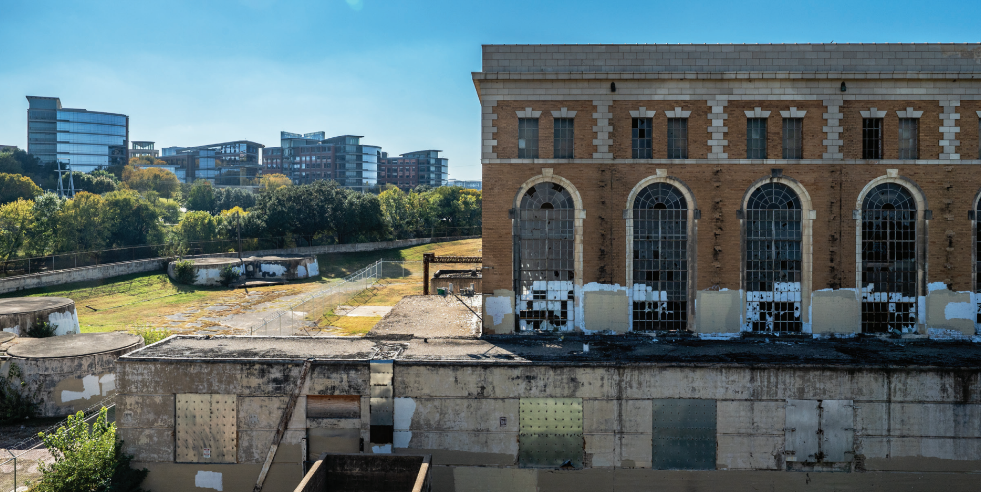By Kathryn Kelman/editor-in-chief
On the banks of the Trinity River in downtown Fort Worth sits a cornerstone of the city’s utility history that was listed on Historic Fort Worth’s “Most Endangered Places” list for the eighth time, and it belongs to TCC.
The college purchased the Fort Worth Power and Light Company power plant in 2004 from TXU, and the building first appeared on the endangered list in 2005, said Historic Fort Worth executive director Jerre Tracy.
The building then appeared on the list every year from 2007 to 2012 and didn’t appear on Historic Fort Worth’s list again until this year, according to the organization’s website.
“TCCD has owned the power plant for 13 years, and during that time the number of openings in the roof and the broken window panes continues to increase,” Tracy wrote in an email to TCC board of trustees president Louise Appleman.
Drivers crossing the North Main Street bridge in downtown Fort Worth can admire the plant as they head to the Stockyards, she said.
“It’s a wonderful, beautiful building,” she said. “It’s in a beautiful location, just right across the river from the [TR] campus.”
Because the building is highly visible, Tracy said they’ve kept tabs on it in addition to going inside of it to check things out.
Four years ago, Texas Tech Architecture School professor Elizabeth Louden had her graduate students find “futures” for Fort Worth’s power plant for a semester project.
“The students used the latest technology to scan the building, to develop concepts and to draw plans for the power plant,” Tracy said.
Historic Fort Worth has urged TCC to obtain copies of them as they assess what to do with the building, she said.
The organization has also requested that the college “mothball” the structure, which is a historic term that means to protect the building by boarding up windows and fixing the holes in the roof, Tracy said.
“It is the college’s responsibility to maintain the structure because they are the owners or stewards of the building,” she said. “It’s an important asset for the community, but it’s more important that they protect their assets since it is their property.”
The college could also follow through with getting the building added to the National Register of Historic Places. Historic preservation consultant Susan Allen Kline, who was contracted by Historic Fort Worth in 2007 to draft a registration form for the power plant, said it is eligible for the list.
“It was the city’s first major power plant from 1912 to 1913, and it really helped the city attract industry and helped it modernize,” Kline said.
The Power and Light plant was built in 1912 by the Cleveland Construction Co. of Ohio and served as the primary source of electric power in Fort Worth for almost 40 years, she said.
The building’s architecture is also significant as it is a good example of Beaux-Arts architecture, she said. Beaux-Arts architecture depends on sculptural decoration along conservative modern lines and employs French and Italian Baroque and Rococo formulas combined with an impressionistic finish and realism.
Historic Fort Worth once again encouraged the college to get the power plant added to the registry this August, according to Tracy’s email to Appleman.
Though many of the external parts of the plant have been demolished, such as the smokestacks and cooling towers, the plant retains a great deal of its architectural integrity and remains a landmark along the river.
“Inclusion in the National Register of Historic Places qualifies the power plant for federal historic tax credits and Texas historic tax credits,” Tracy said, adding that Texas historic tax credits are the most generous state tax credit program in the country.
The building is still not listed on the register.
At the very least, Historic Fort Worth has asked that the college professionally mothball the structure if they have no immediate plans for it, which communications and external affairs vice chancellor Reginald Gates said TCC has done.
“We secured it a while back, you know, the roof and the windows and things like that,” he said.
Over time, Gates said the college has taken care of minor things on the structure to keep it mothballed.
Tracy said Historic Fort Worth is unaware of TCC doing anything with the power plant but hopes they have.
“That would be terrific,” she said. “If they’ve done it, that would be great news.”
According to a 2014 article in The Star-Telegram, the college has also looked into selling, leasing or using the building, but at this time, the college isn’t doing anything with it other than maintaining it, Gates said.
“We know there’s a great deal of development going on down there on Panther Island and things like that, but we don’t have any current plans,” he said.



































